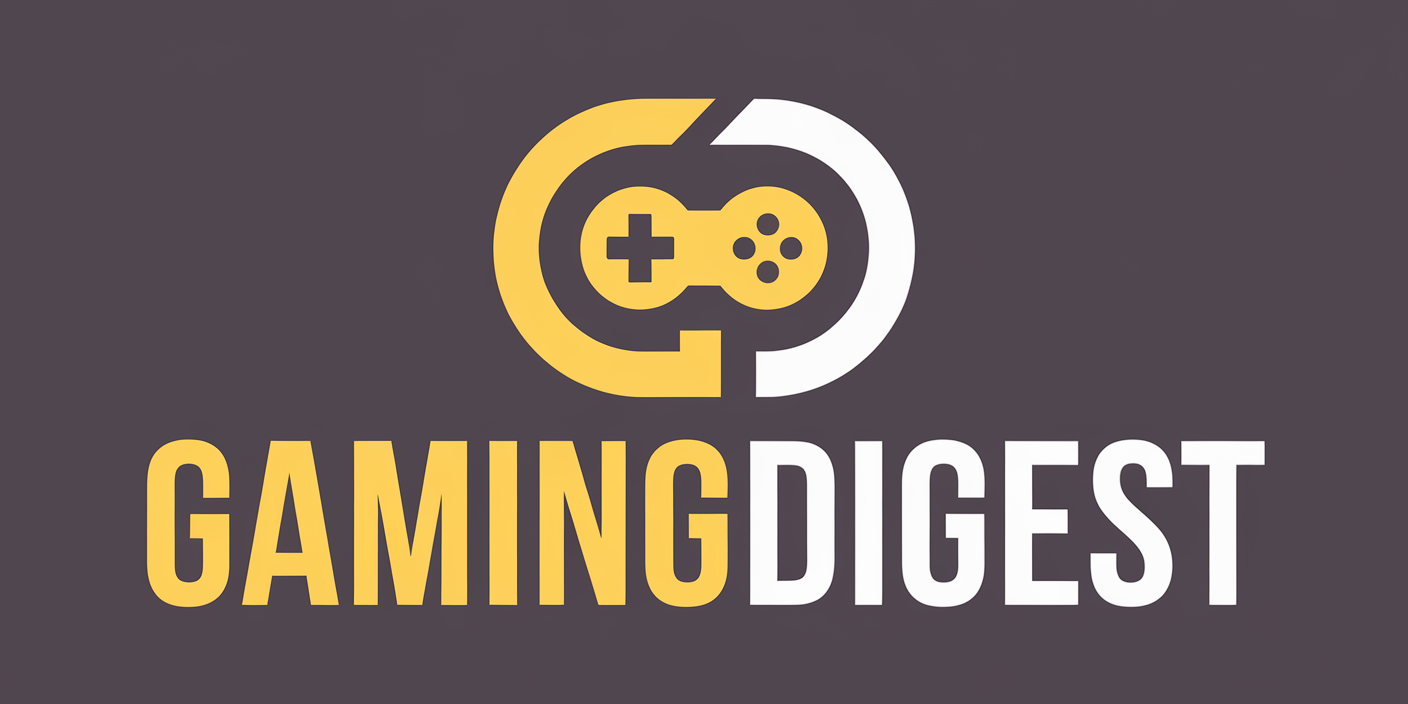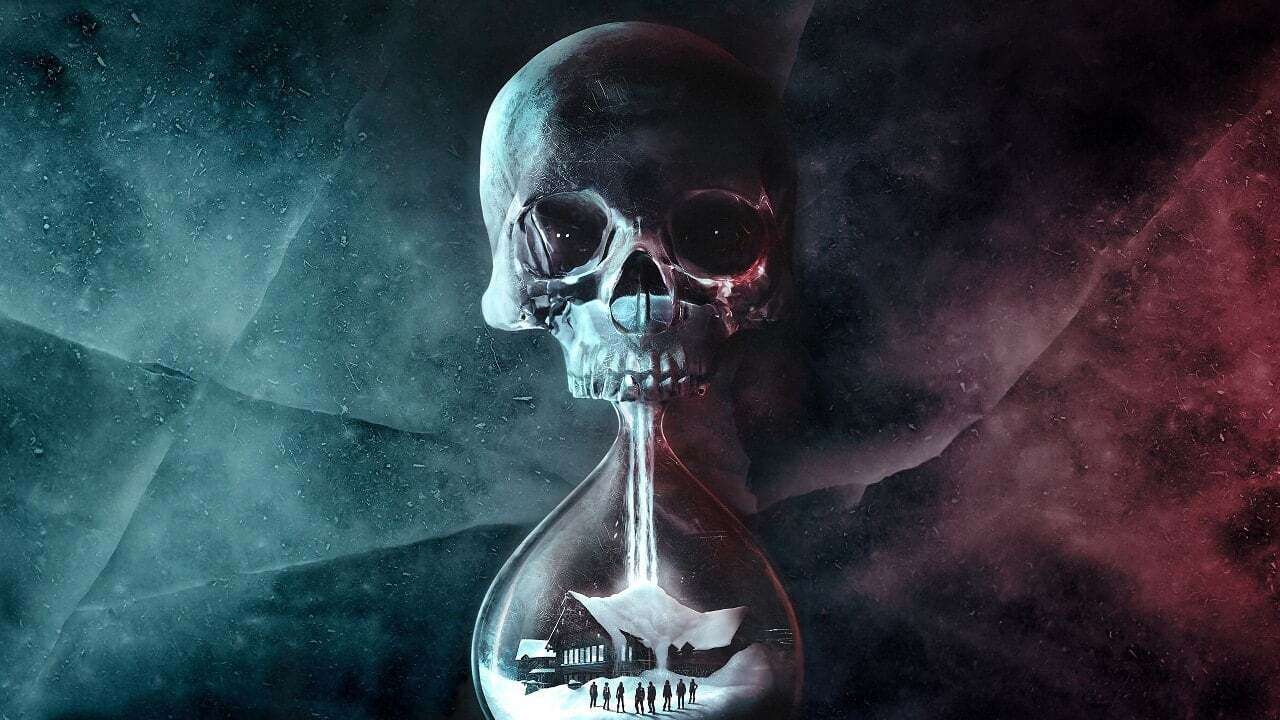Until Dawn is celebrating its 10-year anniversary today, August 25, 2025. Below, we explore the fascinating legacy and origin of a classic horror game.
Video games are an incredible medium for horror stories. Some of the greatest games of all time are firmly planted in the horror genre. While games such as Resident Evil and Silent Hill showed audiences the importance of tension in gameplay, the advancement in gaming technology allowed for more cinematic experiences in gameplay design and storytelling.
In 2015, one of the best examples of horror storytelling in gaming was released and left a lasting legacy that can be felt to this very day. That game was Until Dawn.
Developed by British developer Supermassive Games, Until Dawn actually started life as a game for Sony’s scarcely supported PlayStation 3 peripheral: the Playstation Move. Supermassive sought to create the experience of living through a slasher film and designed the game to appeal to couples in their early 20’s, promising a game that would deliver the blood, guts, and scares that come with slasher films.
This early version of the game had players controlling on-screen flashlights from a first-person perspective, guiding their characters through dark environments and interacting with objects with the motion controls to progress the game. The version of the game did not make it out of alpha testing, and Supermassive went back to the drawing board.
When Until Dawn finally reemerged, it was a title for the newly released PlayStation 4. Gone were the first-person perspective and motion controls. They were replaced by fixed, cinematic camera angles and more interactive gameplay design, akin to the works of Quantic Dream like Heavy Rain and Detroit: Become Human. Supermassive also made the transition to the Decima engine, a proprietary PlayStation engine that would eventually power games such as Horizon Zero Dawn and Death Stranding, that would help provide photorealistic graphics. Until Dawn went from being a title that potentially would not have found an audience due to requiring a motion peripheral to a game that would provide a more loving tribute to horror films that could be played using just the controller.
With this change in direction, the game was entirely recast with actors whose likenesses were used in the game, including Academy Award winner Rami Malek, Hayden Panettiere (Scream 4 and 6), and Peter Stormare (Fargo, John Wick: Chapter 2), among many others. Supermassive tapped writers Larry Fessenden and Graham Reznick, known for their work in horror films, to pen the script, providing an even deeper layer of authenticity to the game.
Until Dawn’s story starts off as a treasure trove of slasher tropes and eventually evolves into something far more sinister and supernatural. Characters begin as one-note cliches and archetypes and eventually blossom into fleshed-out people with meaningful relationships. Thanks to that strong writing, it’s devastating when one accidentally dies due to a bad decision by the player. While most horror games of the era emphasized action, Until Dawn provided players with a sense of dread and a fear of the unknown unlike anything else at the time.
Until Dawn ended up being more of a movie-like experience that let player’s’ decisions affect the ultimate outcome of the story. The game featured a “butterfly effect” mechanic that showed players the exact moment one of their decisions or a character’s death affected the story and helped incentivize repeat playthroughs to see the other possible narrative paths. Until Dawn also held onto some of its roots as a PlayStation Move title, DualShock 4 controller’s motion control capabilities, and even included a “Don’t Move” mechanic that asked players to hold their controllers as still as possible to determine certain outcomes and fates.
Until Dawn was a massive success both critically and commercially. It helped turn Supermassive into a reliable source for interactive horror experiences and the studio went on to make more cinematic games, such as The Dark Pictures Anthology and The Quarry, but none of these titles ever quite reached the high bar set by Until Dawn.
Supermassive revisited the Until Dawn universe with the virtual reality games Until Dawn: Rush of Blood and The Inpatient, the latter of which was set around 60 years before the original game and brought back Fesseden and Reznick as writers.
Until Dawn would receive the full remake treatment in 2024 when Sony announced a version for the PS5. The remake, developed by Ballistic Moon (which was founded by former Supermassive employees), features a new third-person camera angle, a new musical score, and extended prologues and new endings. One of those endings is open-natured retconning the original’s conclusions, implying that a direct sequel to Until Dawn could one day be possible.

But the remake was not received well. It featured a myriad of performance issues, minimal improvements over the PS4 original, and felt unnecessary overall, when the original still holds up to this day.
Until Dawn’s legacy would come full circle in 2025, when Sony released a film adaptation of the game. There was speculation when the film was announced about how exactly the movie would adapt the game, since a prime part of Until Dawn’s storytelling was the possibility for narrative branching based on the player’s decisions and their success or failure in gameplay at key moments. Would the film adapt a “canon” version of the game’s story? Would it reuse the same actors? Would it be a secret project connecting to the recently released remake?
The answer, it turned out, was none of the above. Instead, the movie Until Dawn tells a wholly original story that pays tribute to video games in numerous respects. The film tells the story of Clover (Ella Rubin) and her friends travelling to a mysterious cabin in search of her missing sister. While there, they encounter numerous threats, and every time the characters are killed, the day resets, trapping them in a time loop.
Facing a new threat every night, the group realizes the only way to break the loop is to survive until dawn. While the film features some tributes to the original game (and even features Stormare reprising his role), it ultimately ends up a mishmash of ideas and cliches that fail to capture the experience of the game.
That is perhaps what’s most fascinating about the legacy of Until Dawn: It’s a video game inspired by horror films that spawned a horror film inspired by video games. What started off as a PlayStation Move game took on a whole new life and cemented its legacy not only in video games but the horror genre in general.
While numerous attempts have been made to recapture the magic of the original game, none have reached the high levels of sincerity, rich storytelling, and gameplay that Until Dawn delivered. A decade later, Until Dawn remains one of the definitive horror gaming experiences.









